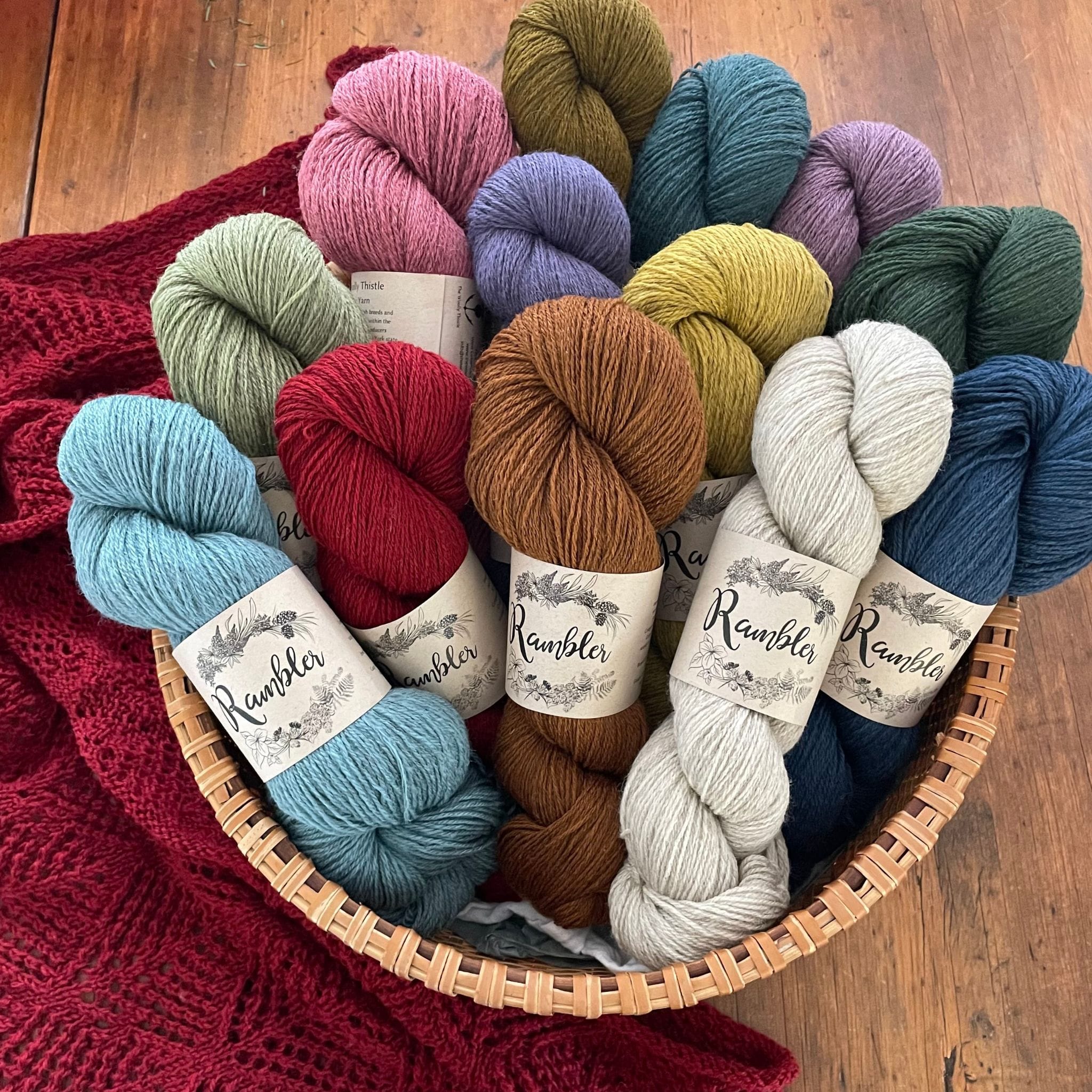
Which raw white yarn you buy the most?
Do you buy the magazinul de fire made of cotton or blended cotton or made of viscose?
And what do you care the most about when you place the order in bulk with a raw white yarn supplier?
The Indian textile industry is made up of hundreds of thousands of yarn buyers and suppliers. And they all have their own styles of doing business and buying and selling yarns. For many, pricing is an important factor in their purchase and sale decision. While for others, quality tops the chart. Some prefer cotton yarns, some viscose, some blended, and some stock all sorts of yarns and fabrics. What matters to you the most – price or quality or relationship that you enjoy with a particular set of yarn buyers and sellers?
The first generation entrepreneurs or even those who have inherited the business from their families are working out new models to reach out to their customers, increase their customer base, and extend exceptional customer service. For instance, in a very short span of time an online platform named Texchange has attracted quite a number of textile businesses – what this online platform basically does is enable yarn buyers and sellers float their offers, post their inquiries, and close the deals in record time. The platform presents a whole new way to connect, convince, and convert. If you have not tried it yet, try it now here – texchange.biz. Joining this platform is Free.
You must not have forgotten the China effect that badly hit the Indian textiles industry. The repercussions can still be felt. The exports have fallen down since the biggest importer, China, is no longer buying yarns and fabrics the way it once used to. The good thing, however, is Indian companies adjusted to this loss quite fast and kept themselves on track by exploring other new markets both within the country and outside. The past year has been full of events – and this year seems to go gentle on these companies.
Businesses are about risks – the greater the risks, the higher the rewards are likely to be. But then risks have to be well calculated so that you don't end up ruining it all. If you are new in the market, then learn the basics from someone experienced in your family or take up some relevant courses or join a company so that you can see it all and learn things that you can put to use when you start your own venture.
For wool yarn in India, the US and EU are the major export destinations for wool and wool blended products. Indian exporters are geographically diversifying their exports to other regions such as the Middle East, Latin America, South East Asia, and East Asia to increase their footprint worldwide.
In the financial year 2014-15, exports of wool and wool-blended products (including ready-made woollen garments, woollen yarn, fabrics, made-ups and woollen hand-made carpets) accumulated US$ 1,869.8 million.
The world looks towards to Indian wool yarn manufacturers for superb quality material at the most reasonable cost. Over the years, India has emerged out as a key player in the wool yarn and related products. The biggest problem with woolen yarns in India is that the large part of this sector is unorganized and this is what the government is trying to correct by organizing it in a wonderful way.

